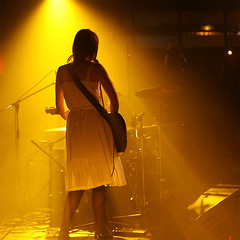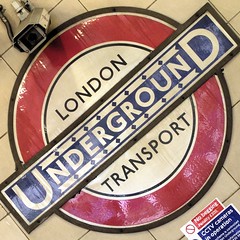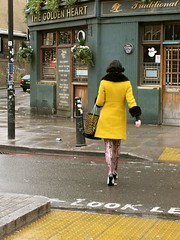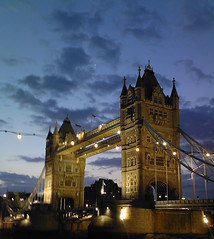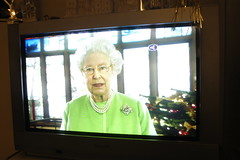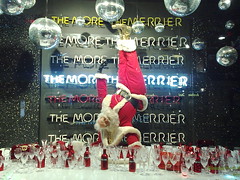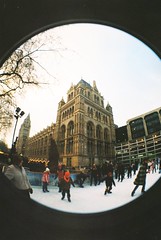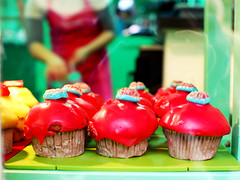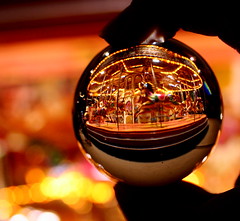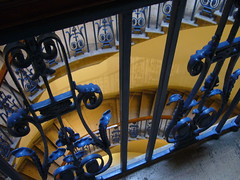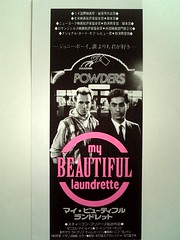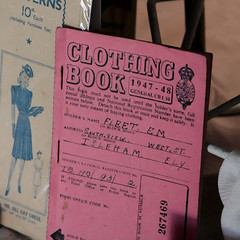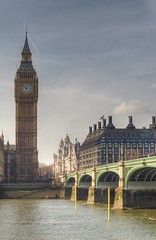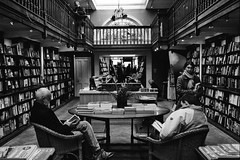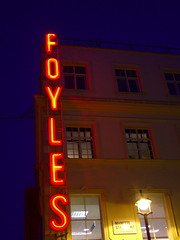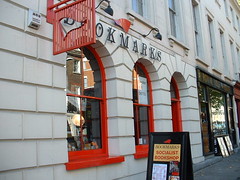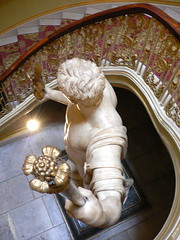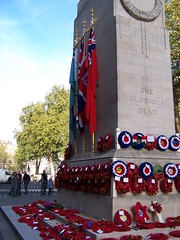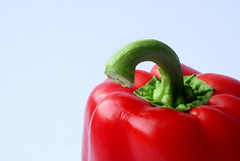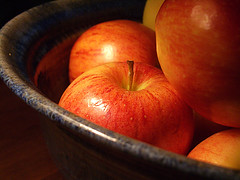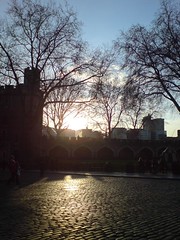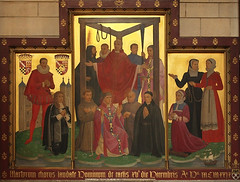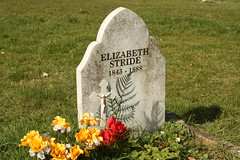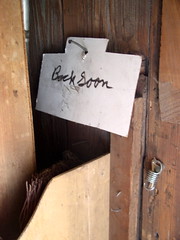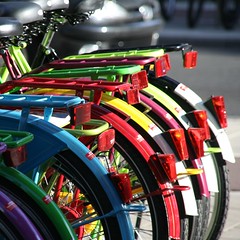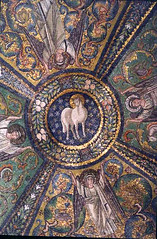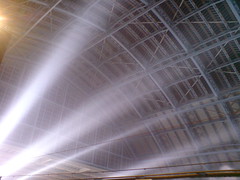 Question of the week: as the weather's getting colder, do you have a favourite Winter-warmer type recipe you'd like to share?
Question of the week: as the weather's getting colder, do you have a favourite Winter-warmer type recipe you'd like to share? "There's just something about stew that suits this time of year, although as with so many traditional-type foods, it's less a recipe than a rough guide. The photo I'm using here comes from a set uploaded by PodChef, author of the
Gastrocast Blog, which takes you step-by-step through a delicious looking
Scottish beef stew with potato cakes.
Being vegetarian, I use quorn chunks in pace of the meat, and more often than not go for a chicken-esque stew, with herby dumplings, which follows a basically similar process:
Take a couple of onions, chop, and put them to soften in a little oil.
Roughly chop a leek or two, and stick that in, along with a bag of quorn pieces, and a shake of either dried lentils or rolled oats (the lentils will add a little protein, but either does the job of helping thicken the stew.)
Stir in a good shake of dried herbs to your tastes - thyme and rosemary is a classic combo.
While they're slowly colouring up, prep and chop an assortment of root veg - potatoes, carrots, swede, turnips - whatever you fancy. If you're using chicken, you'll want to make sure the meat is properly cooked at this stage, but with quorn, it'll be done in the time it takes to prep the veg.
Pop the chopped root veg into the pot, and give them a quick stir about. Then pour over stock (stock cubes are fine, with or without a teaspoon of Marmite) and, if you fancy it, some beer, wine, or cider, to fill the pan up to about three quarters.
Bring to a slow boil while you make your dumplings: mix together 50g of self-raising flour, 25g of veggie suet, herbs to match whatever you used earlier, and just enough liquid to turn into a dough. (Particularly delicious with fresh chopped rosemary and cider as the liquid) If you're making a big pot of stew, scale the mix up accordingly - just keep that 2:1 ratio.
Roll the dough into dumplings, remembering that they will rise, so the uncooked one should fit easily into the palm of your hand. Drop into the stew, cover, and simmer for about half an hour.
If you wish, come back at about the 20 minute mark to add frozen peas and/or sweetcorn, and then again at the 30 minute mark to round up a sacrificial dumpling to cut up to check that they've cooked through.
Tuck in, and enjoy.
Any left overs will re-heat in the microwave, and probably taste even better than the fresh version. If you're re-heating on the hob, you might need to add a little more water or stock, and make sure everything's properly heated through. "- Miss Alice
* Photo by PodChef, used under Creative Commons, with thanks.
 We're taking a blogging sabbatical over the Christmas holidays - we'll be back in the New Year!
We're taking a blogging sabbatical over the Christmas holidays - we'll be back in the New Year!